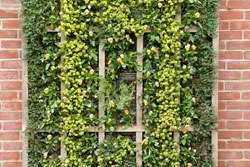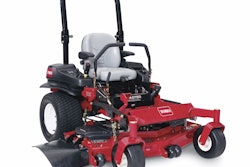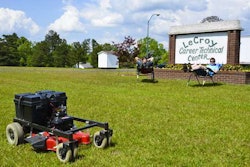 Source: Southweb.org
Source: Southweb.orgHoneybee population is dwindling, and landscapers can do more to help.
According to a report from the U.S. Department of Agriculture, there was an average loss of 30.5 percent of the honeybee population as opposed to the 22 percent the year before.
“One difference noted this winter was that there were more colonies that dwindled away, rather than suffering from the onset of Colony Collapse Disorder (CCD), where colony populations are lost suddenly,” the study shows.
Education coordinator for the Capitol Region Watershed District Elizabeth Beckman told the StarTribune in Minnesota that it’s more than a gardening issue. It’s a food-safety issue now.
However, landscapers and gardeners can start helping the population when designing projects for clients.
Bees need flowers and diverse flowers at that.
Planting “bee-friendly” flowers such as bee balm, purple prairie clover or cup plant.
Find what native plant grows in your area that honeybees are attracted to and start to implement them into different projects – residential or commercial.
Here’s a list of a few flowers honeybees are attracted to:
- Basil
- Black Eyed Susan
- Borage
- Buckwheat
- Calamint
- Chamiso
- Cotoneaster
- Cilantro – Coriander
- Currant
- Dill
- Ice Plant
- Joe-Pye Weed
- Lavender
- Mullein
- Oregon Grape
- Oregano
- Penstemon
- Rosemary
- Salvia
- Sunflower









